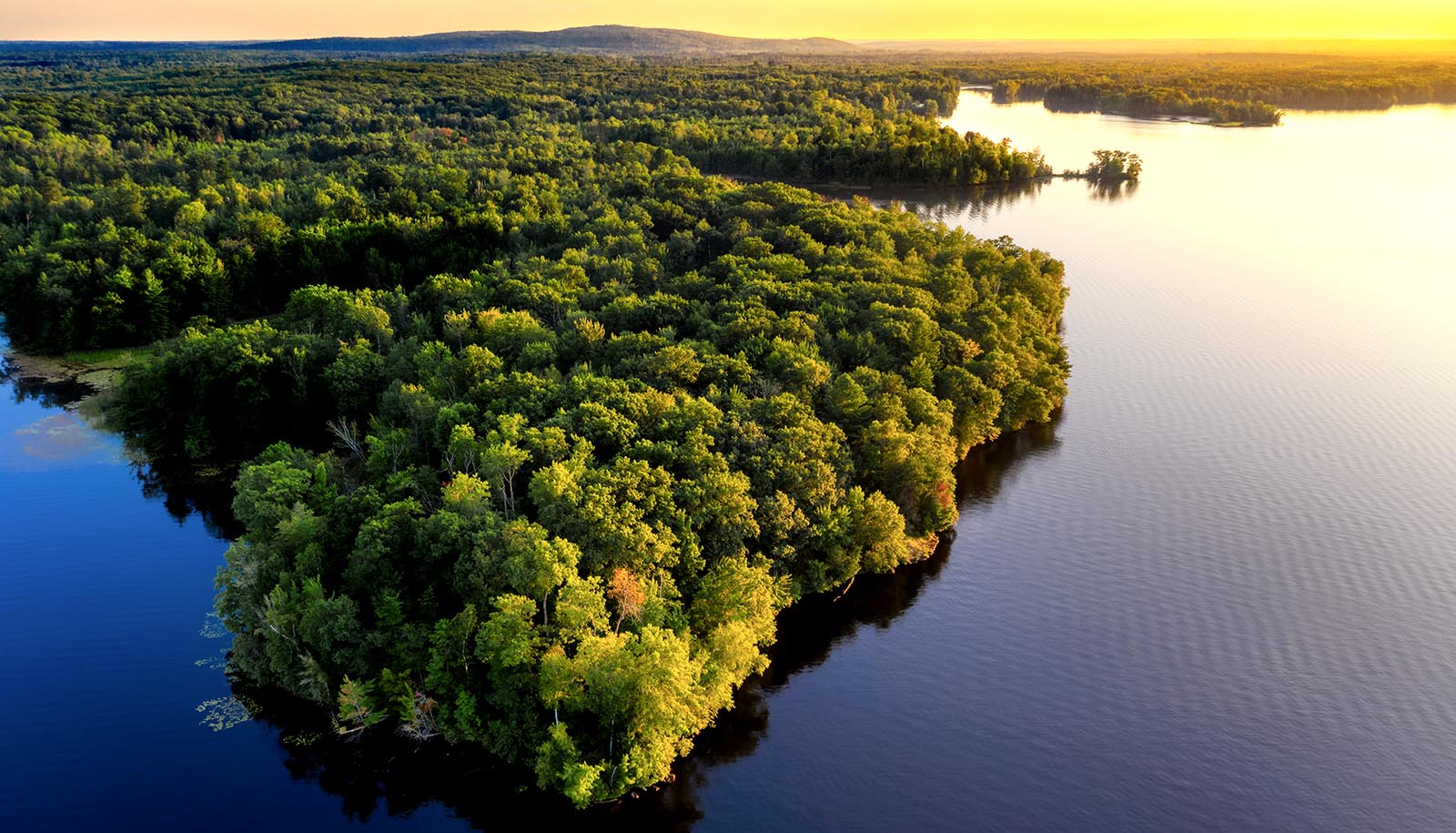
New research links the amount of carbon dioxide taken in by land ecosystems, such as forests, to the availability of water, which is in short supply during droughts.
Our climate is rapidly warming with rising temperatures affecting the physical environments that support entire ecosystems. Humans and animal species both face daunting challenges for survival because of climate change.
During a PhD trip to an eddy covariance tower in a Canadian forest, gazing at the colorful autumn canopies, climate change ecologist and National University of Singapore assistant professor Luo Xiangzhong realized the tower was monitoring something invisible: the amount of water and carbon dioxide the forest was using and absorbing.
The knowledge that the forest’s carbon dioxide uptake had risen for 10 years for reasons yet unknown crystalized his interest in the links between the visible and invisible, and how climate may affect ecosystems in ways we cannot directly see.
The recent study he led illustrates this relationship clearly. The findings highlight the significant impact droughts have on forests’ ability to take in carbon dioxide (or CO2)—the main greenhouse gas driving climate change—from the atmosphere.
Here, Luo shares more about importance of climate change ecology, its sister issues of carbon cycle and global photosynthesis, as well as his research: